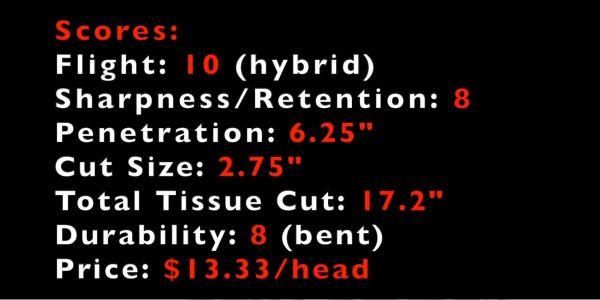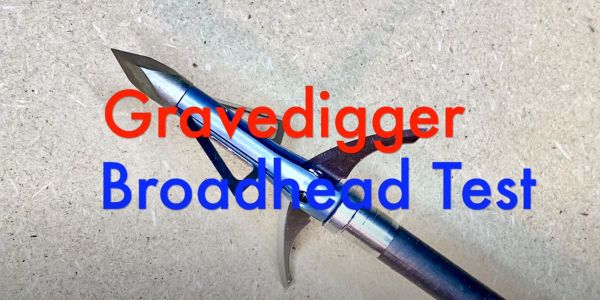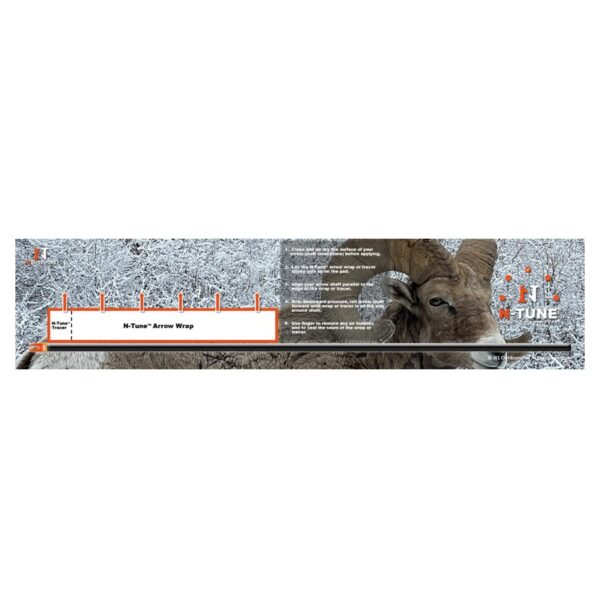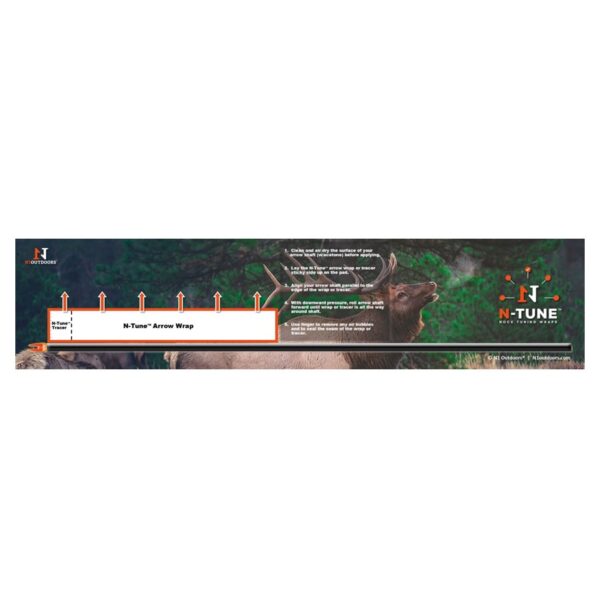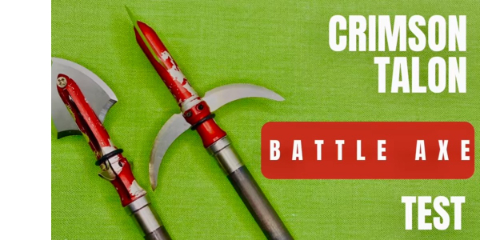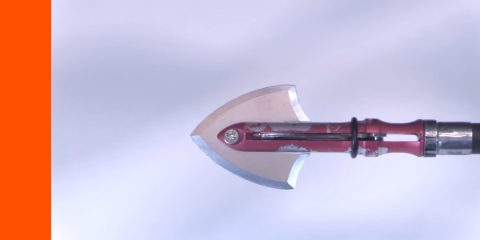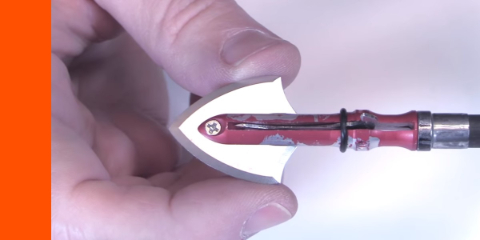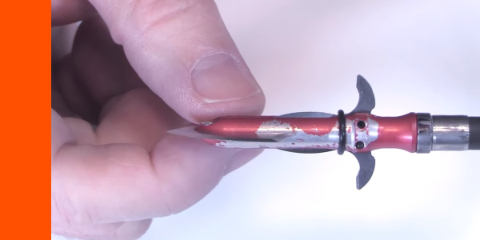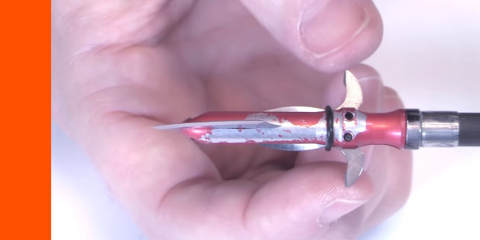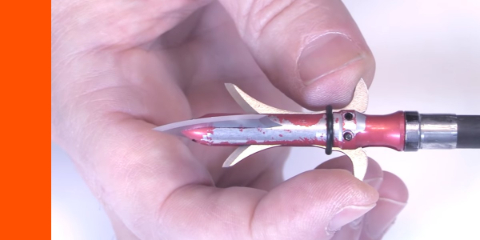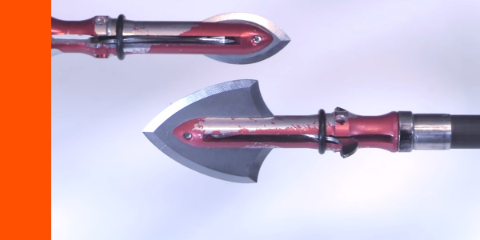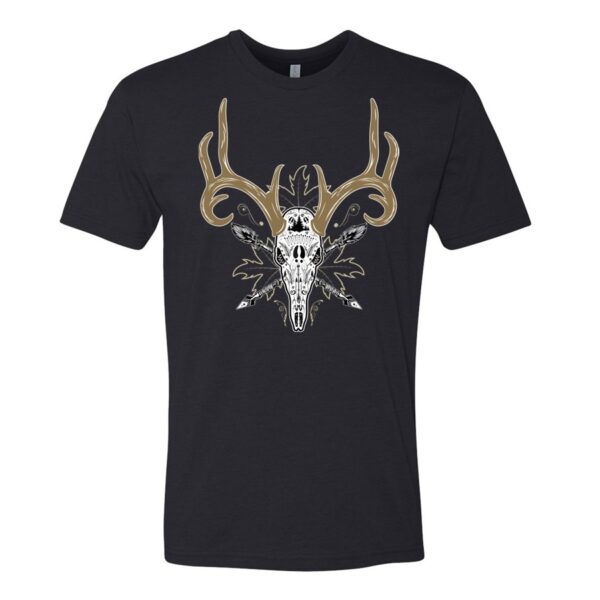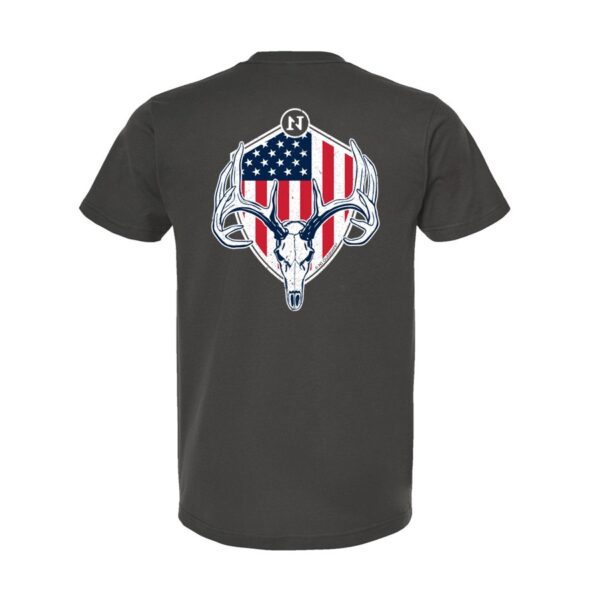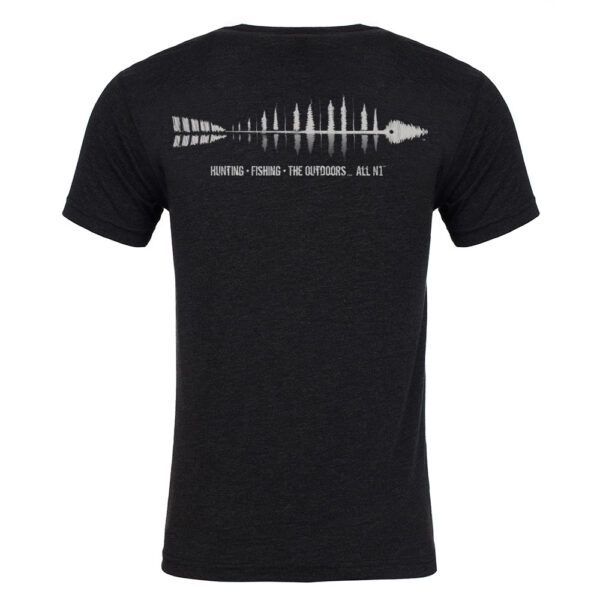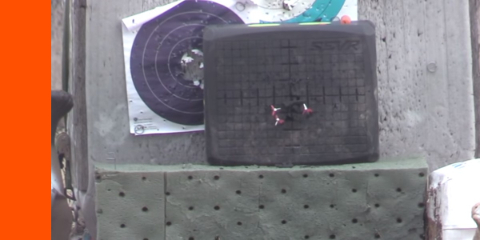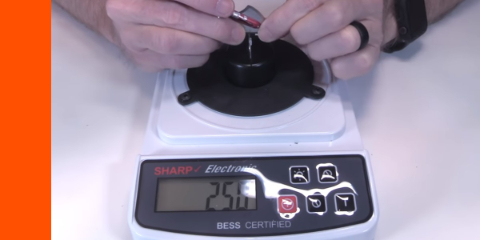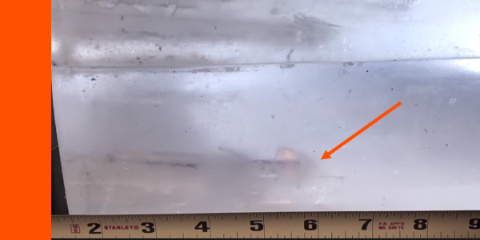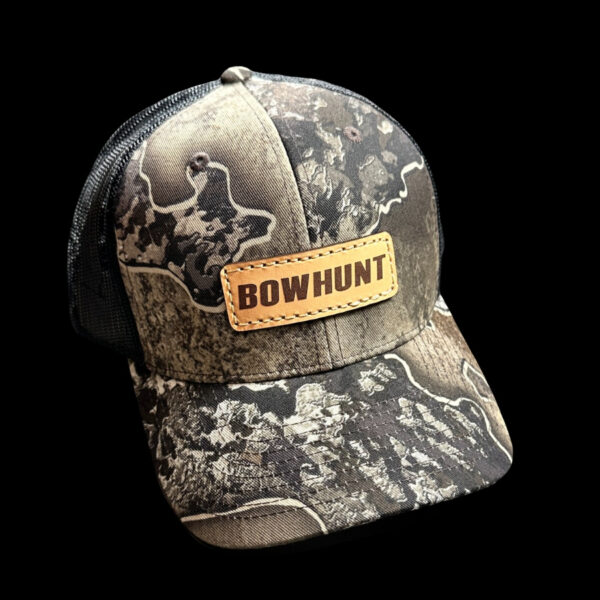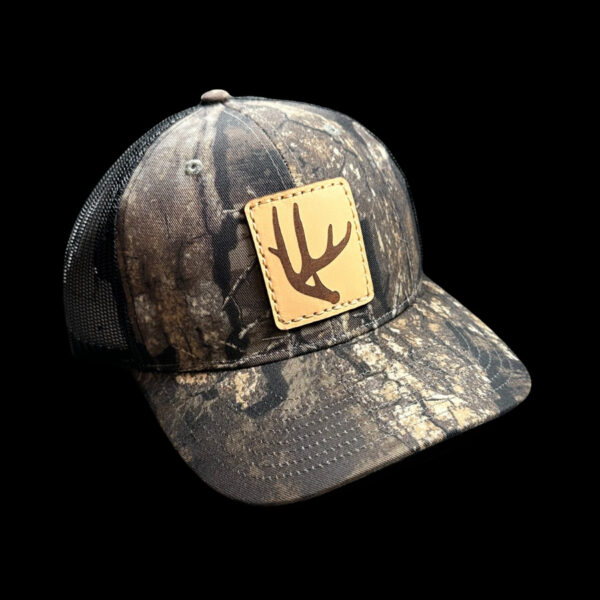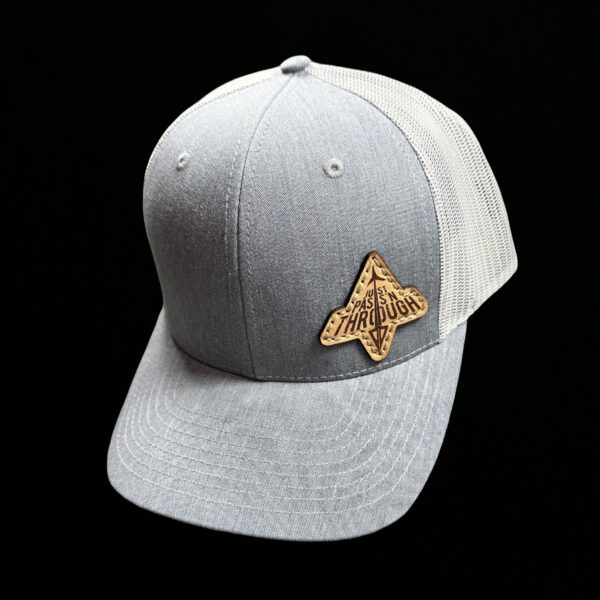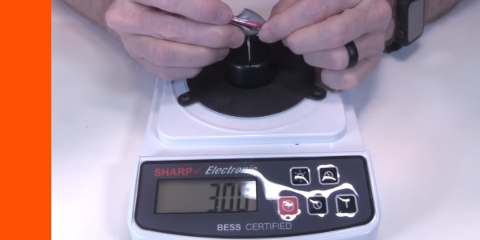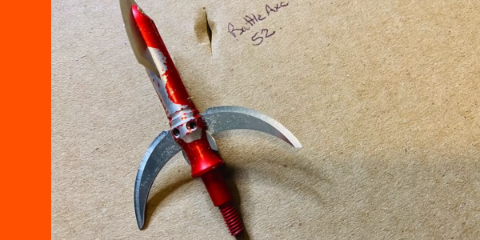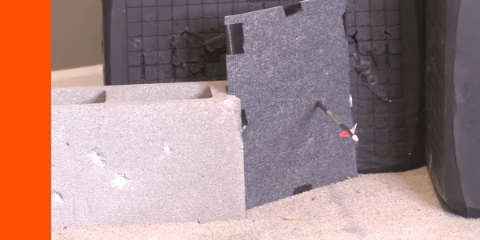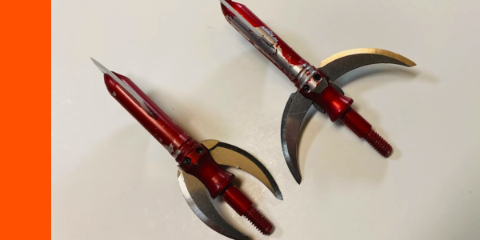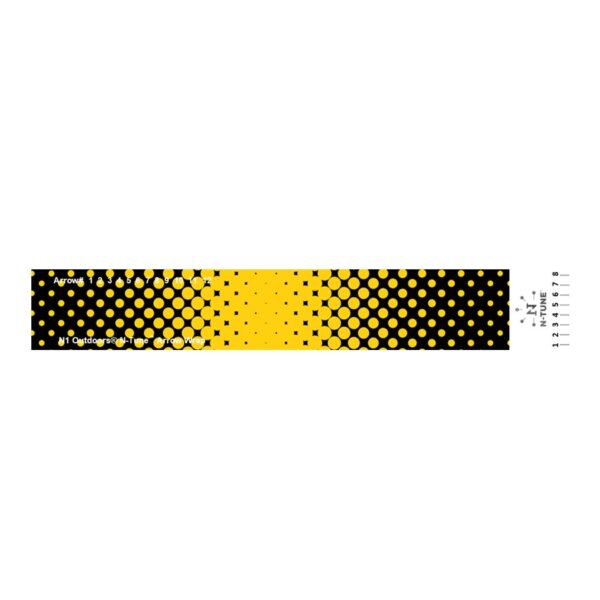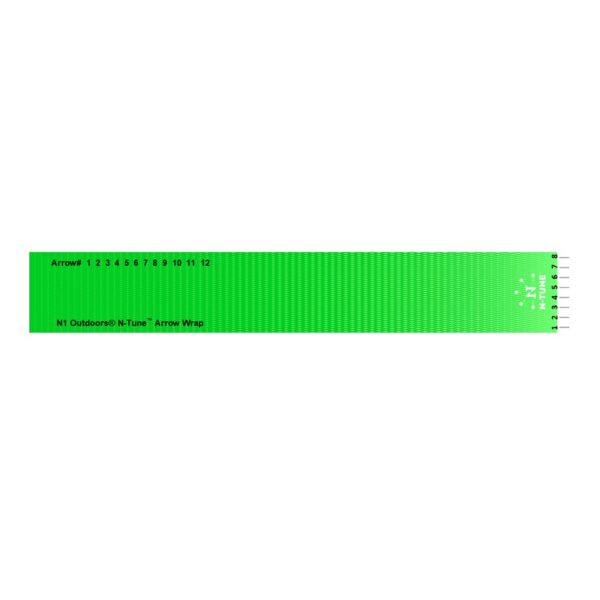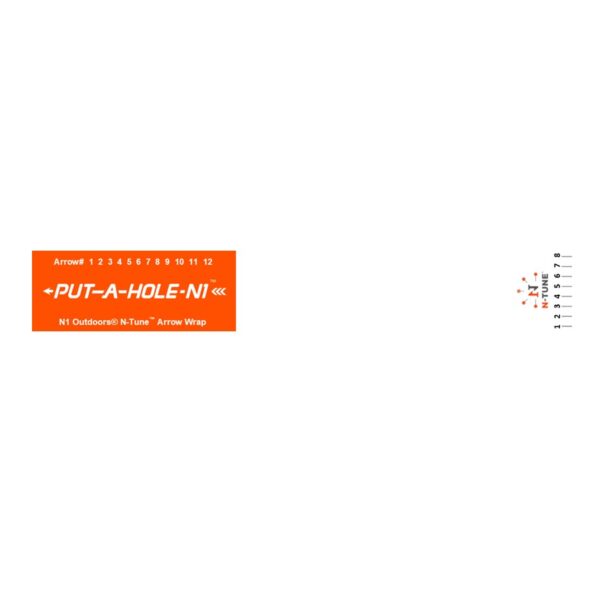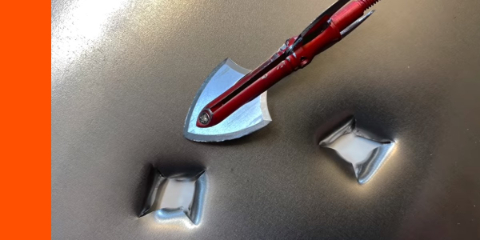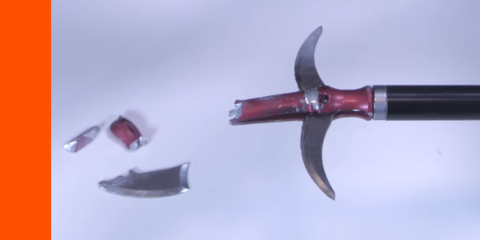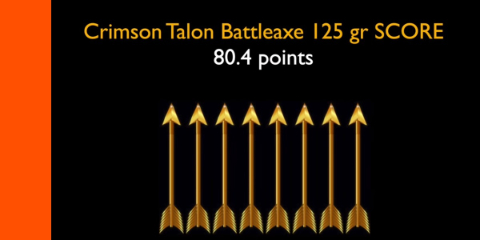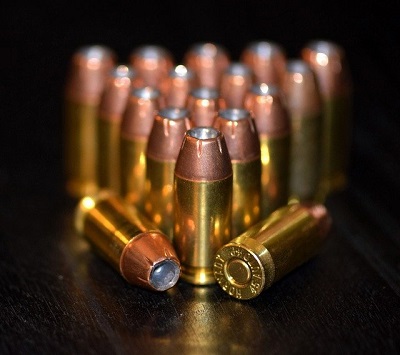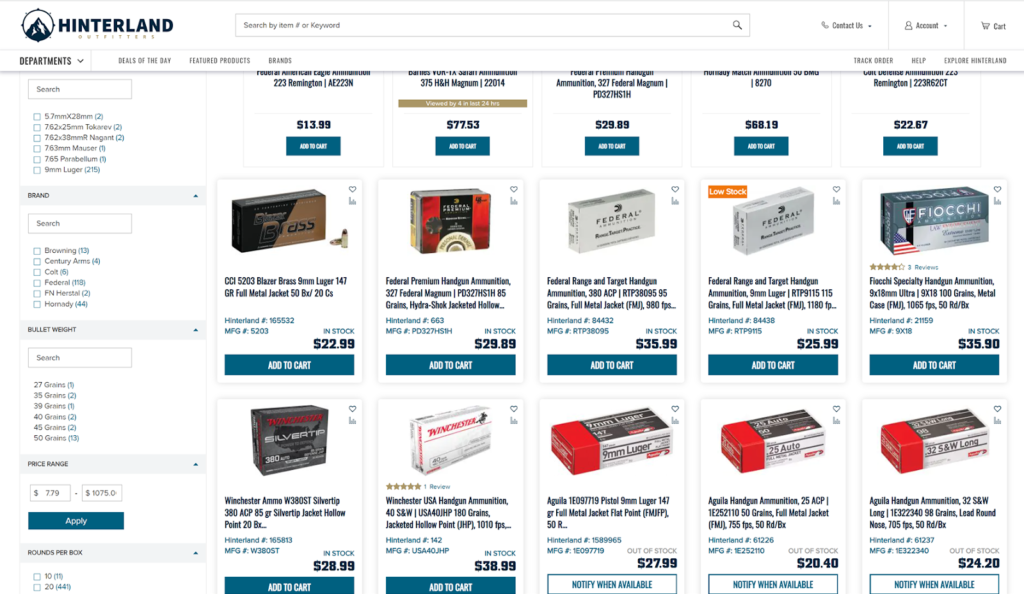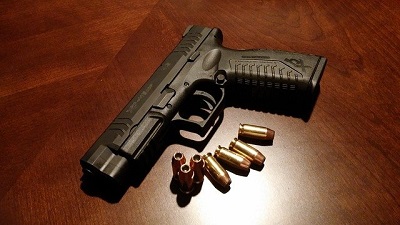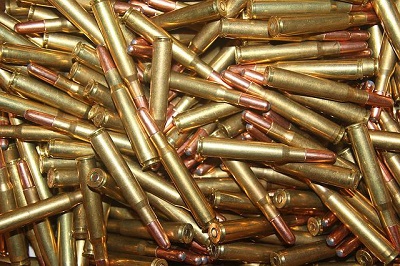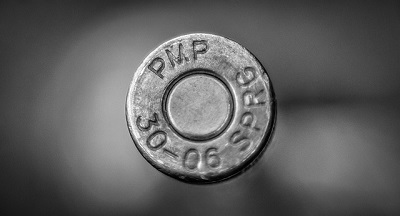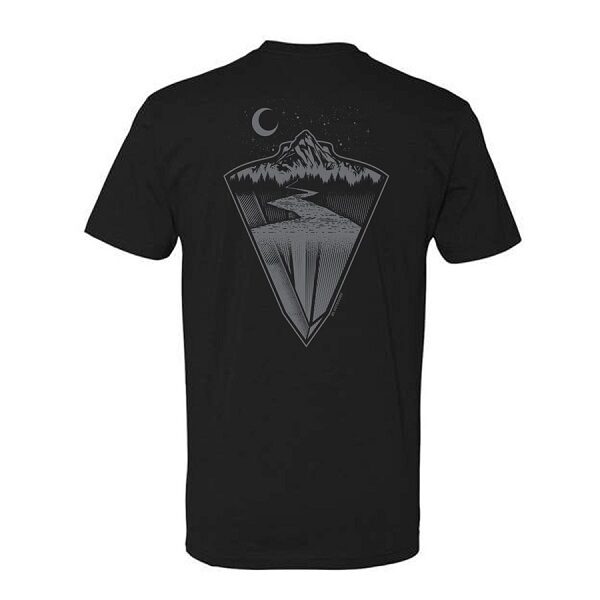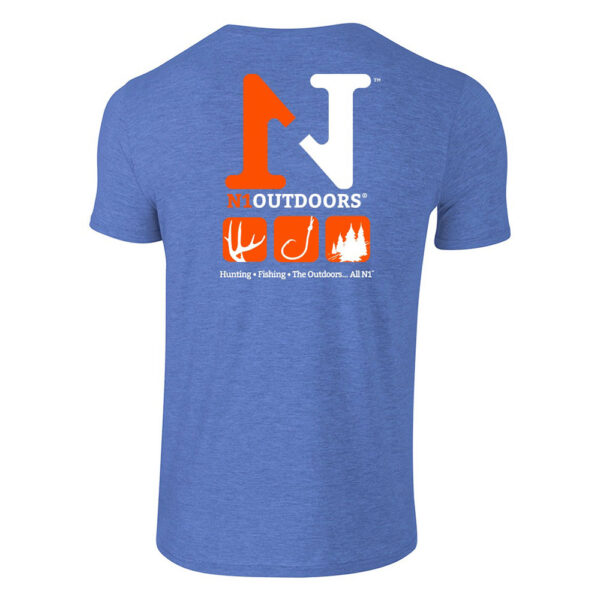In this review, I’m going to be covering a broadhead that has been around for a while. It’s one I’ve actually used in the field quite a bit and been fairly successful with. It’s called the Gravedigger.
The Gravedigger Hybrid broadhead overview
Let’s take a look at the design and some of the features of the Gravedigger Hybrid head (it’s called a “hybrid” because it has both fixed and mechanical blades). Then, I’ll show you how it performed when I put it through my standard array of tests.
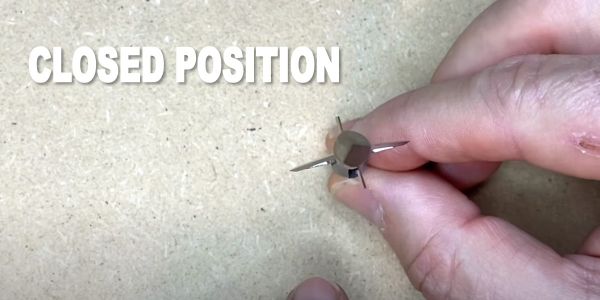
Here is the Gravedigger hybrid in the closed position.
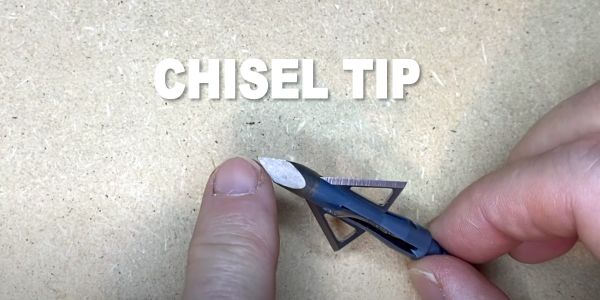
This Gravedigger hybrid model has the chisel tip. (They also make a cut on contact tip where the fixed blades extend all the way up to the top).
The cutting diameter of the Gravedigger Hybrid’s fixed blades is 1 inch. In the closed position, the mechanical blades are ½-inch. So, just in the closed position, if the blades were not to open at all, it would be an inch and 1/2 of a cut, which is no slouch of a cut.
But the mechanical blades do open. They open really well, in fact. They’re not held in place by an O-ring or a retention clip, but rather just by friction, and that’s adjustable with a small Allen bolt.
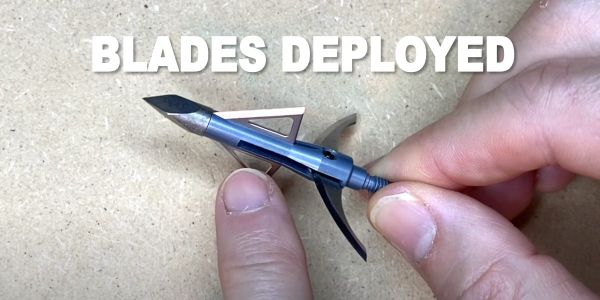
The cutting diameter in the open position here is a full 1 and 3/4 inches. So, 1 and 3/4″ by 1″ – that’s a lot of cut!
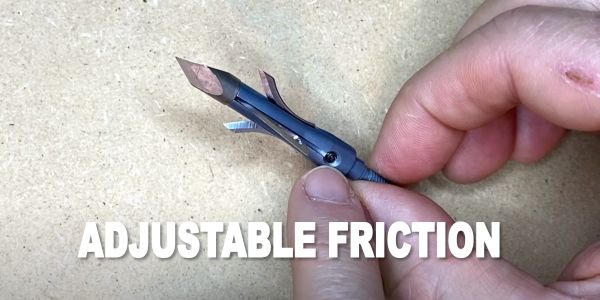
You can adjust the tension that holds the blades in place. But, when they encounter a medium, they open over the top and they fall back into their fully opened position.
-
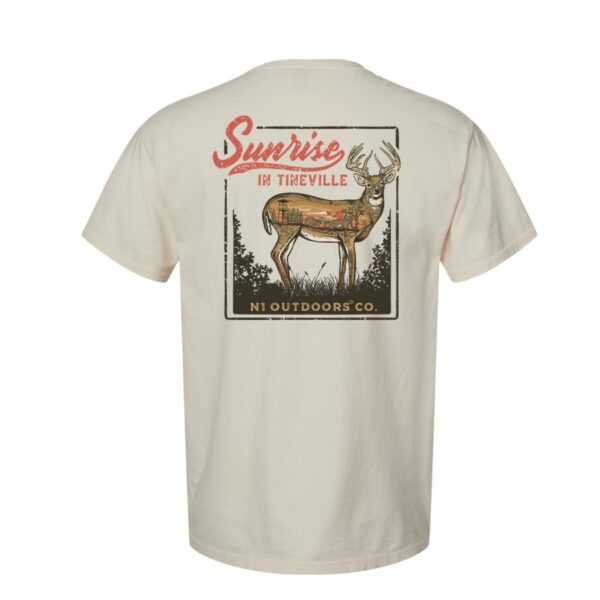
N1 Outdoors® Sunrise In Tineville™ Tee
$28.99 – $32.99 Select options This product has multiple variants. The options may be chosen on the product page -
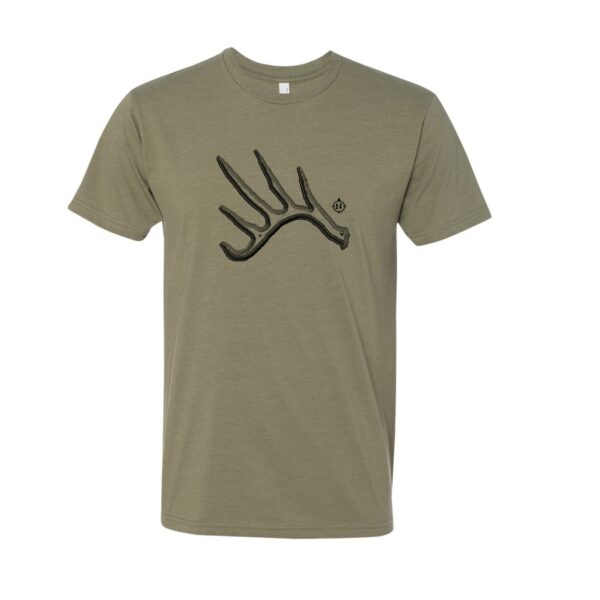
N1 Outdoors® Tine Lines™ Whitetail Deer Antler Tee
$26.99 – $29.99 Select options This product has multiple variants. The options may be chosen on the product page -
Sale!
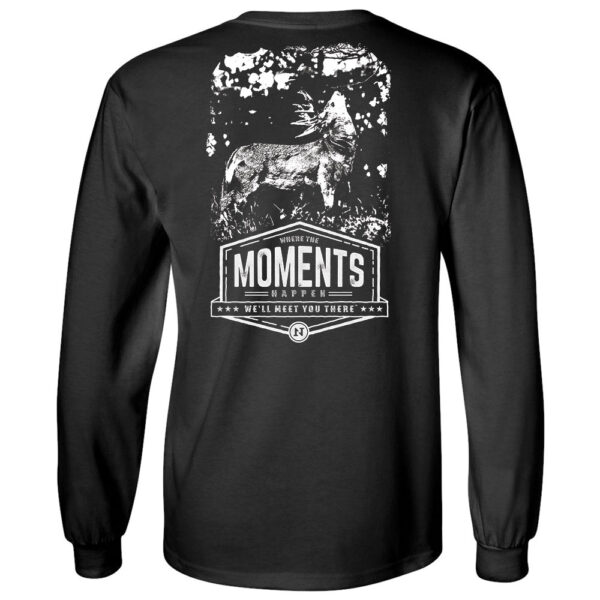
N1 Outdoors® Licking Branch Buck LS Tee
$19.00 Select options This product has multiple variants. The options may be chosen on the product page
Gravedigger Blade specs
The blades of the Gravedigger are made out of a 416 stainless steel. The ferrule is a 7075 aluminum. It’s a pretty vented blade, but it’s still is a good stout aluminum, and the tip is a hardened steel, really stout, chisel tip.
I couldn’t find any information listing the blade thickness, so I used my micrometer to measure. The fixed blade measured 0.039 inches thick and the mechanical blades were 0.032 inches thick.
Gravedigger broadheads testing
I was eager to see how this head performed in my tests. I did not test it for long range flight, because I know it flies really well.
I consider it like a mechanical in terms of flight in the closed position, and I don’t test mechanicals for long range flight, because they all fly really well, even though this head has the little one inch fixed blade. I know it flies fantastic.
I tested for edge sharpness and retention, for penetration, and for durability.
Let’s see how the Gravedigger performed.
Sharpness Test
The Gravedigger cut paper after four strokes of the arrow.
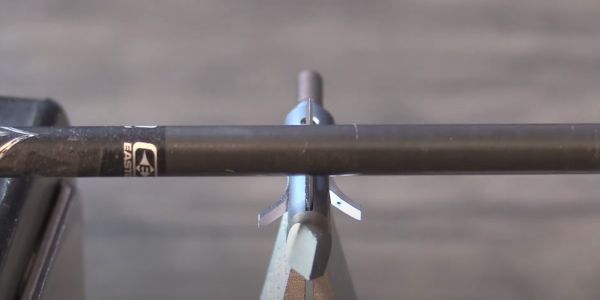
I use strokes of carbon shaft arrow to dull the blades. I want to see if they can still cut paper after each stroke.

I use strokes of carbon shaft arrow to dull the blades. I want to see if they can still cut paper after each stroke.
Ballistic Gel Penetration Test
The Gravedigger penetrated 6 and 1/4 inches through the foam and ballistic gel.

The Gravedigger penetrated 6-1/4″ into the ballistic gel.
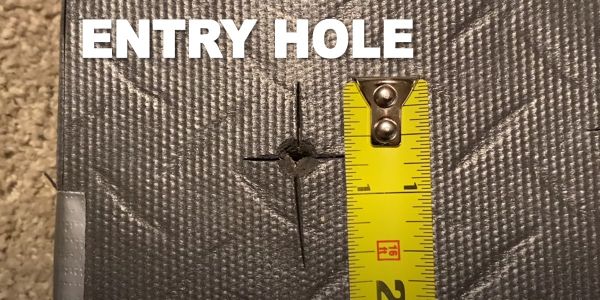
Here’s the entrance of the Gravedigger. And you can see that the mechanical blades opened almost 1-3/4″ on impact. That bottom blade for whatever reason deployed a bit more effectively than the top blade. But, both of them opened up quite well for an over the top mechanical.
-
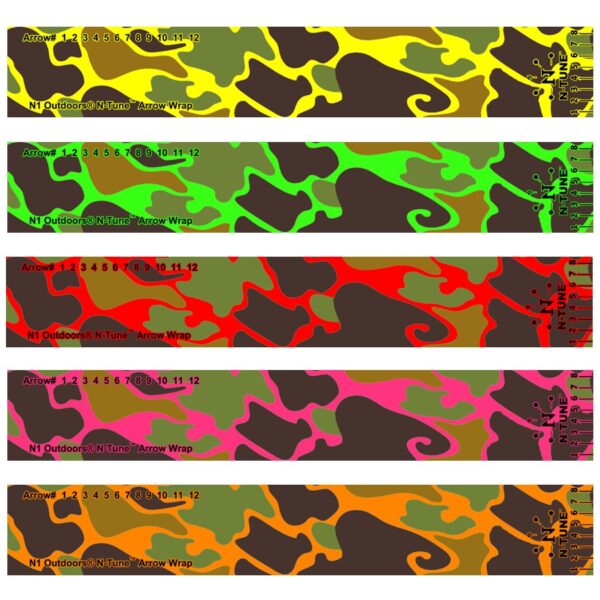
N1 Outdoors® N-Tune™ Nock Tuning Arrow Wraps – Flo Duck Camo (Various)
$18.99 – $27.99 Select options This product has multiple variants. The options may be chosen on the product page -

N1 Outdoors® N-Tune™ Nock Tuning Reflective Arrow Wraps – Double Lunger™
$18.99 – $27.99 Select options This product has multiple variants. The options may be chosen on the product page -

N1 Outdoors® N-Tune™ Nock Tuning Reflective Arrow Wraps – Sonic Send™
$18.99 – $27.99 Select options This product has multiple variants. The options may be chosen on the product page
More unique arrow wrap designs HERE!
MDF penetration test
I shot the Gravedigger through MDF five times. Below are the pictures.
I shot the first one in the closed position and the baldes didn’t open very much. But, then on the following shots, I kept the head in the open position when I was shooting, just to test durability.
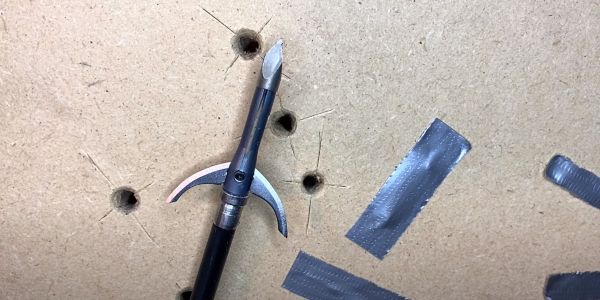
Here, you can see the Gravedigger after going through a half inch MDF five times. As you can see, it held up relatively well. The tip is in still in great shape. The ferrule is also in great shape. The fixed blades are in perfect shape. And the mechanical blades also did really well. They didn’t break off.
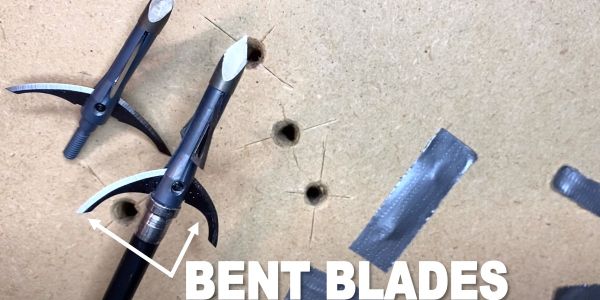
Now, in terms of a bend, they did bend backwards a bit. The original on the left gives you a frame of reference. After the shots, there is quite a bit of arch to the expandable blades. But you know what? If you’re going to have a problem with the head kind of “failing,” that’s the way to do it. It’s not really a fail, because it’s continuing to cut even after going through this MDF five times. So, if there’s going to be any kind of a problem, to bend in that direction is the way to go. So overall, very impressive.
Final Thoughts
So, what do you think of the Gravedigger?
Going through these tests reminded me why I liked it so much when I first started using it way back.
There are just so many heads. It’s hard to keep using just one. I’m a broadhead junkie and like to keep trying new things!
But, this is definitely a broadhead that’s worth a look. There are some weaknesses to it but there are a lot of strengths to it as well. It performed fairly well for an over-the-top mechanical.
So, check out the score sheet below and see what you think about it, and decide if these broadheads are the right heads for you.
